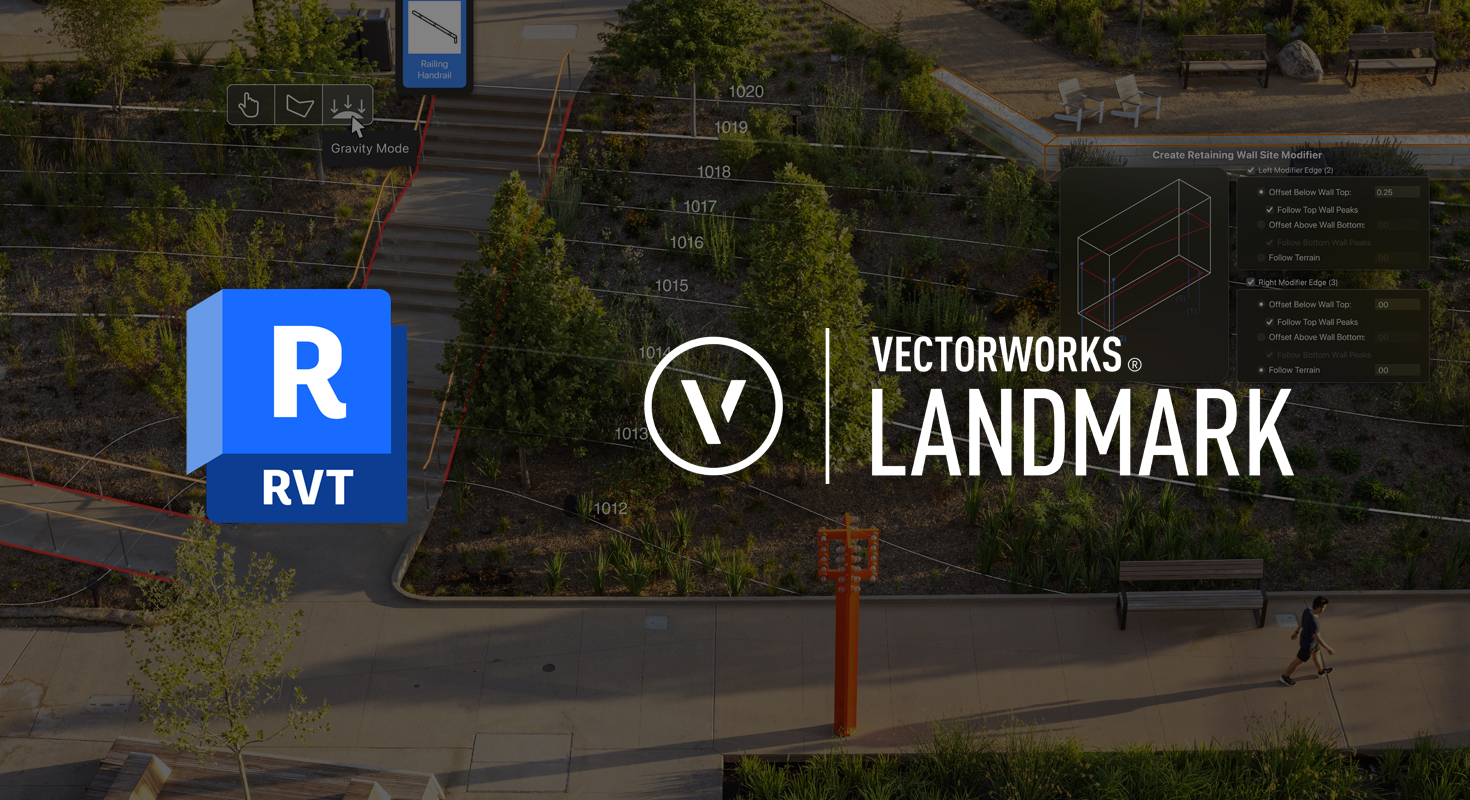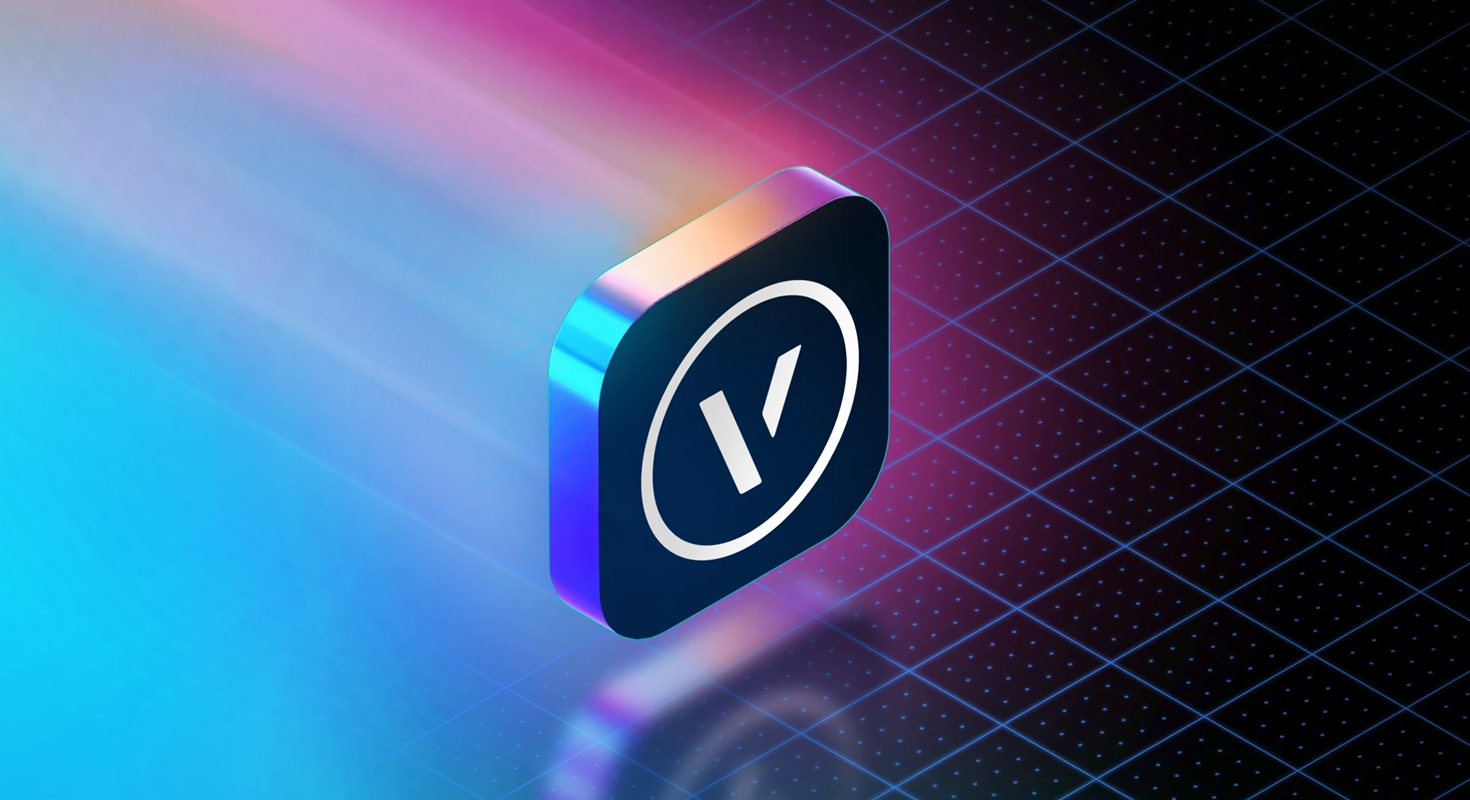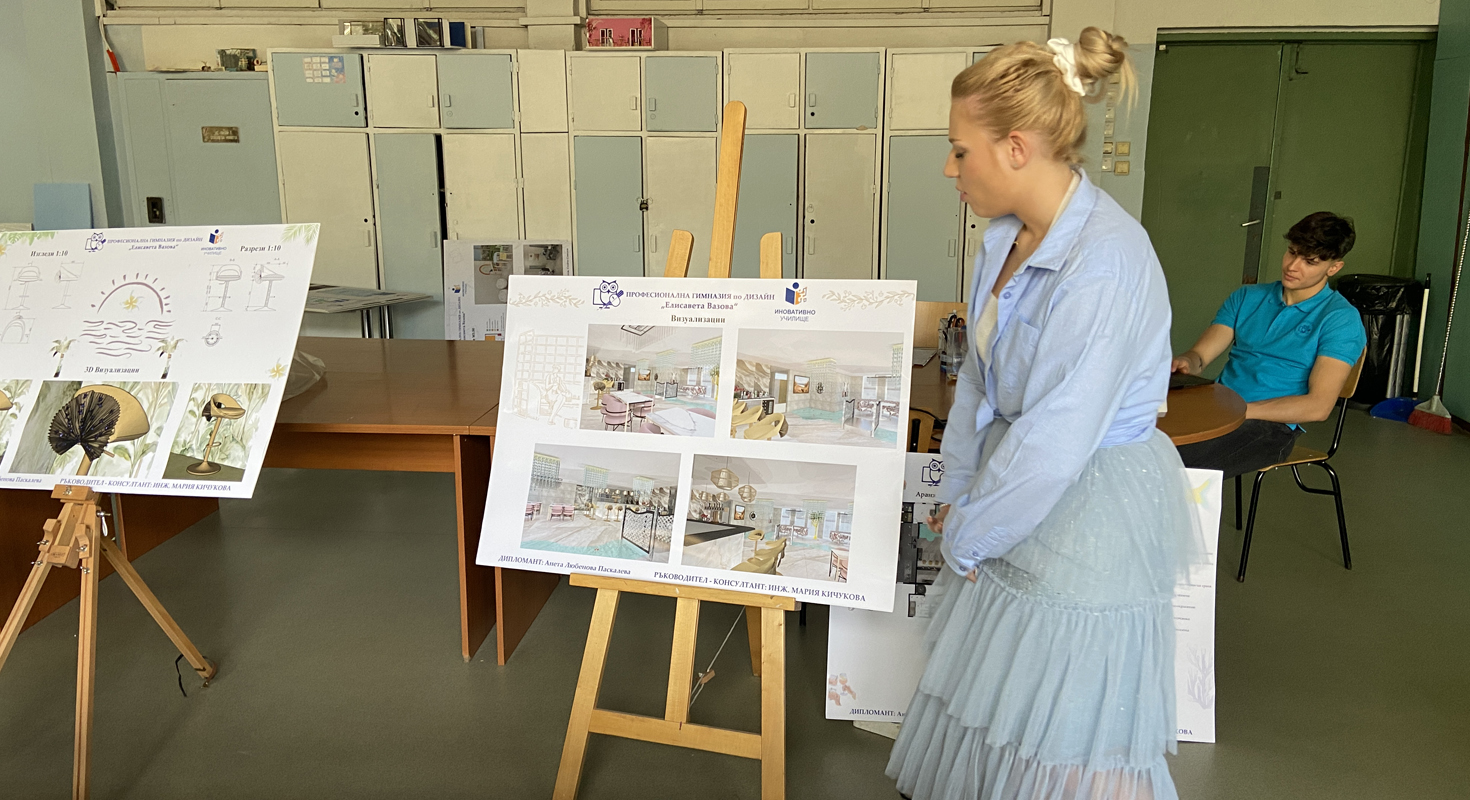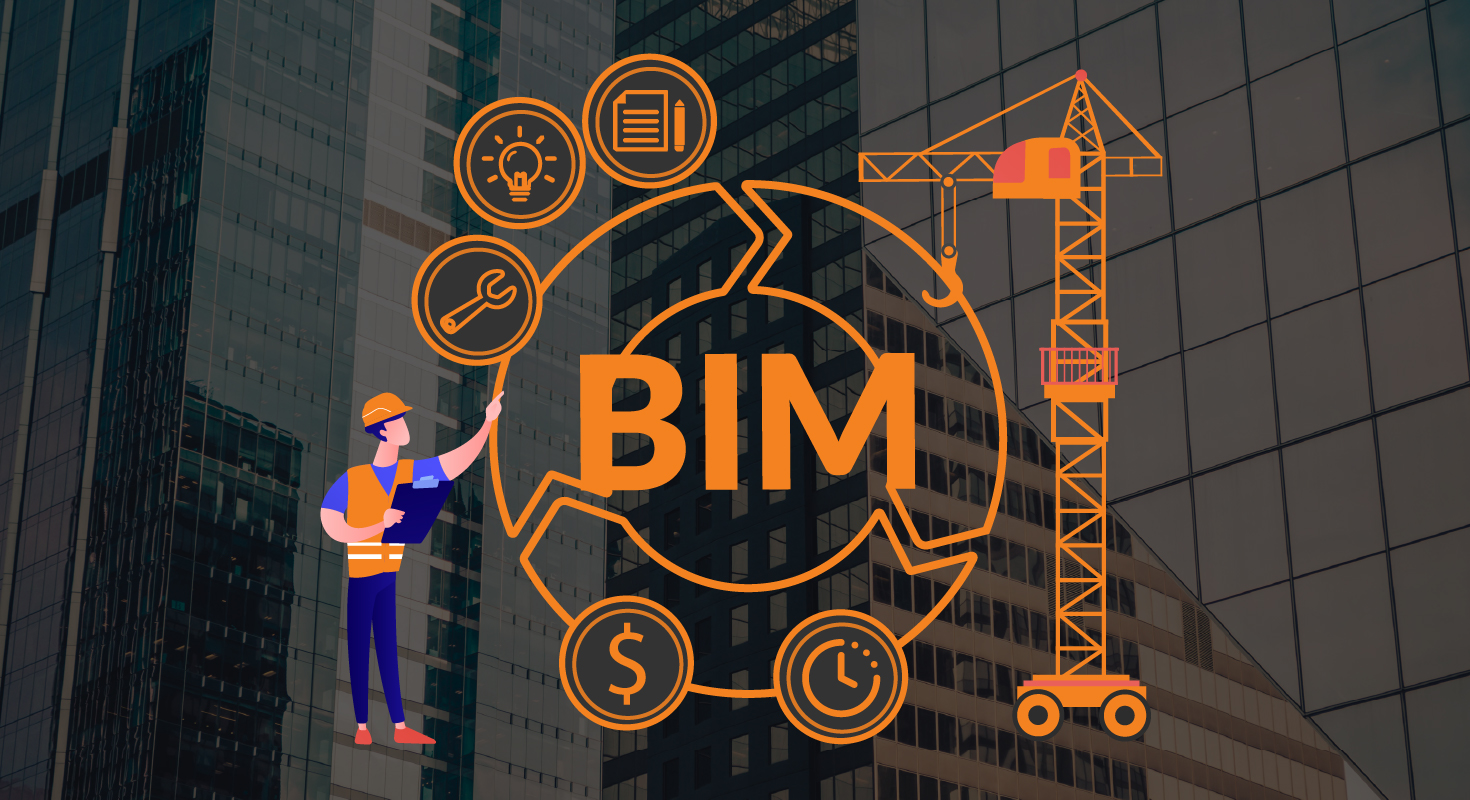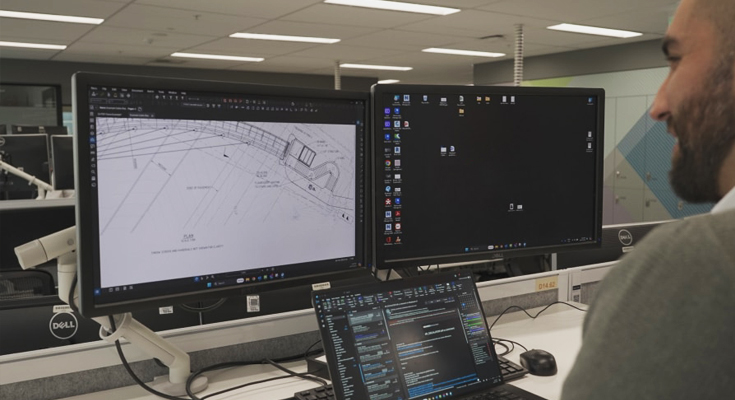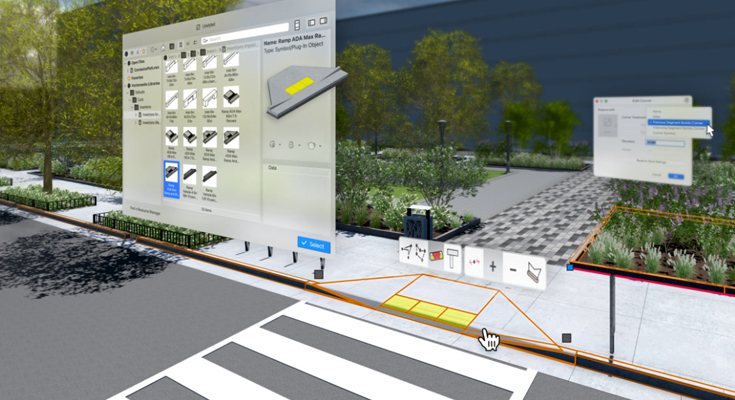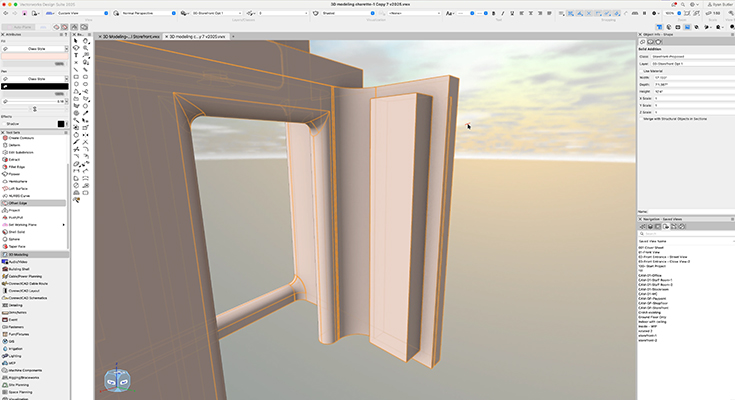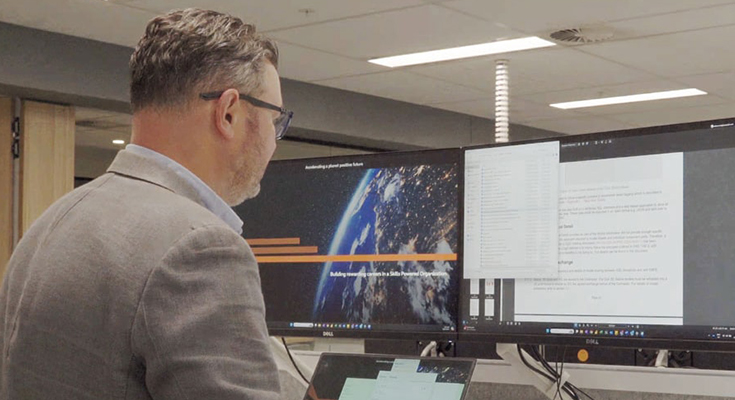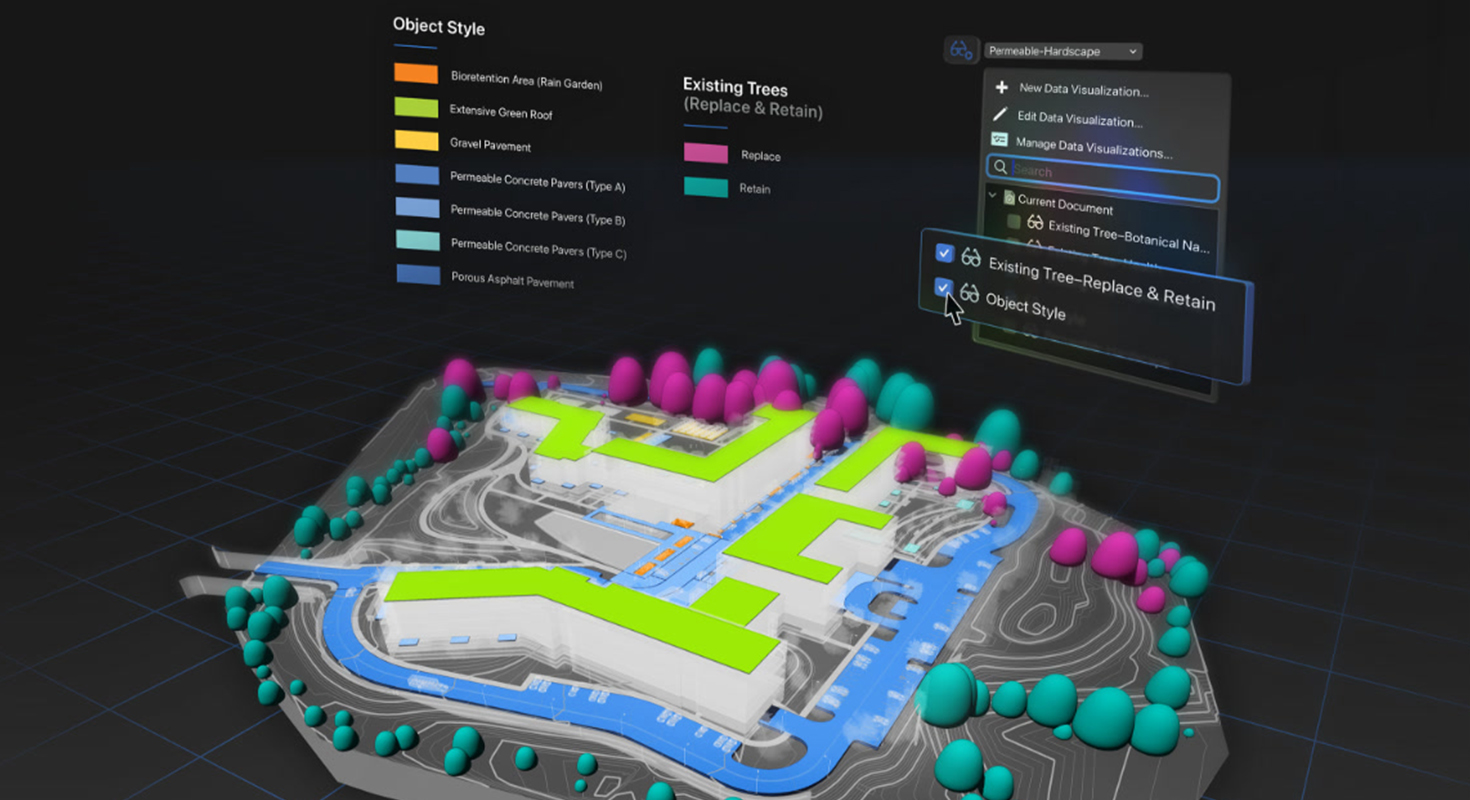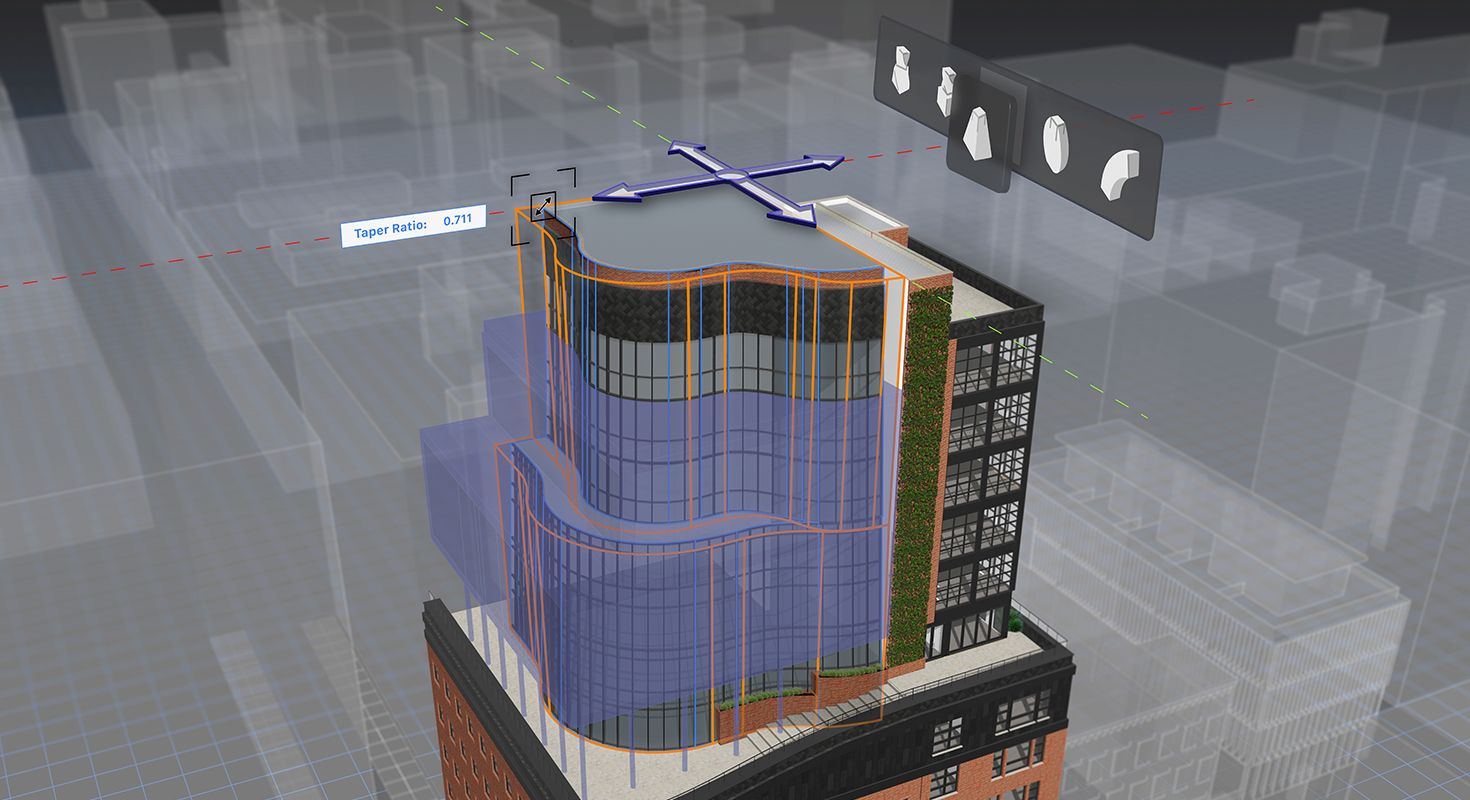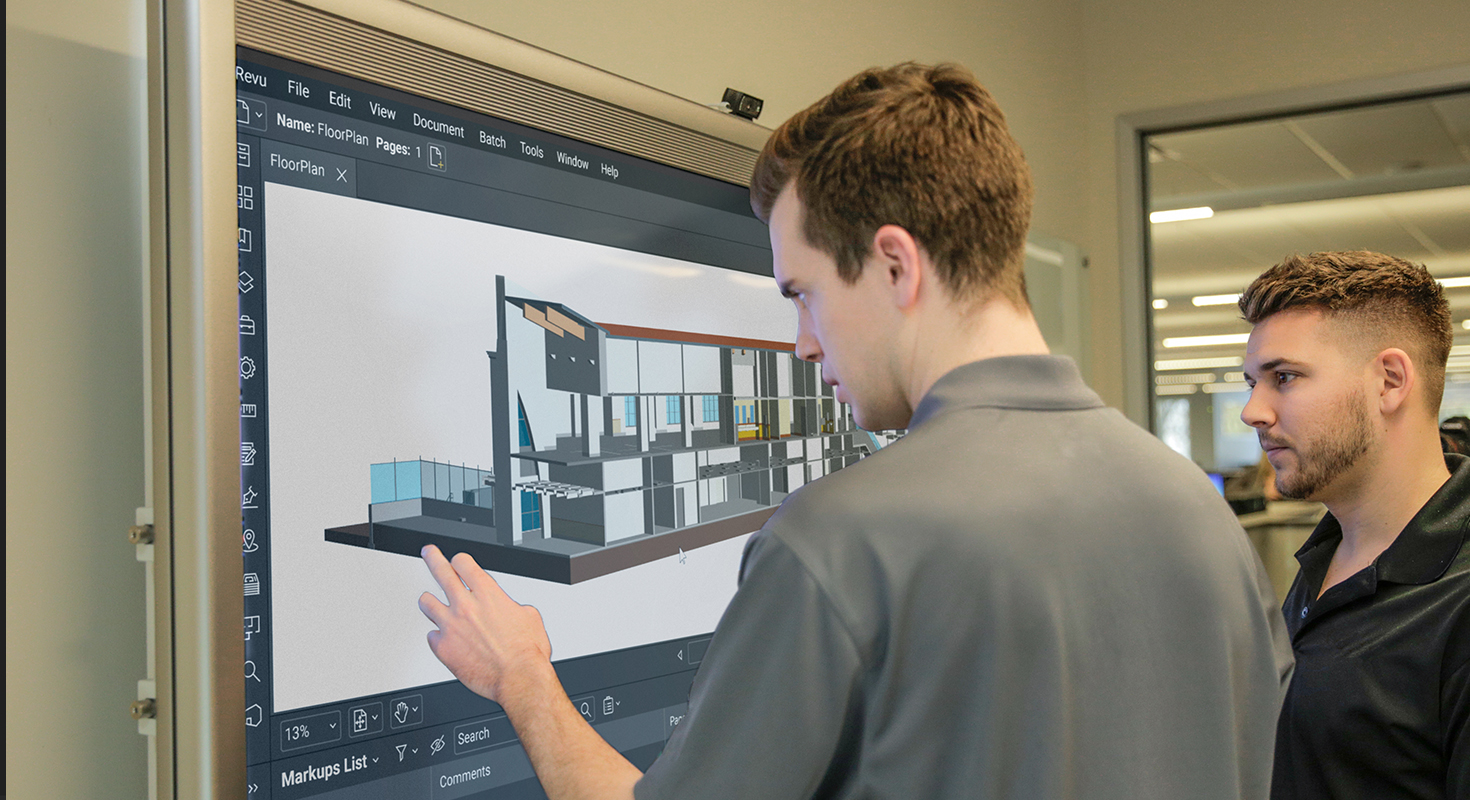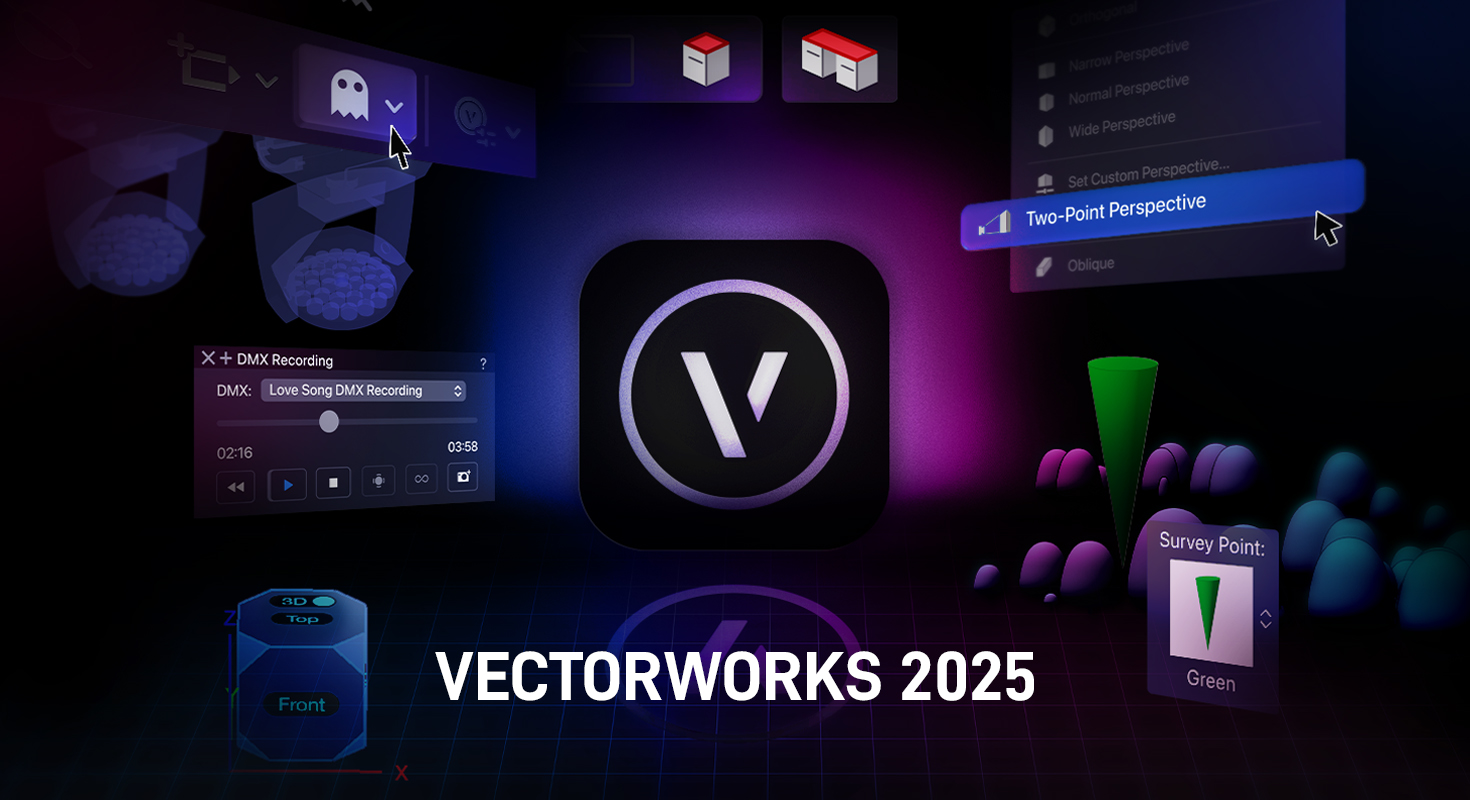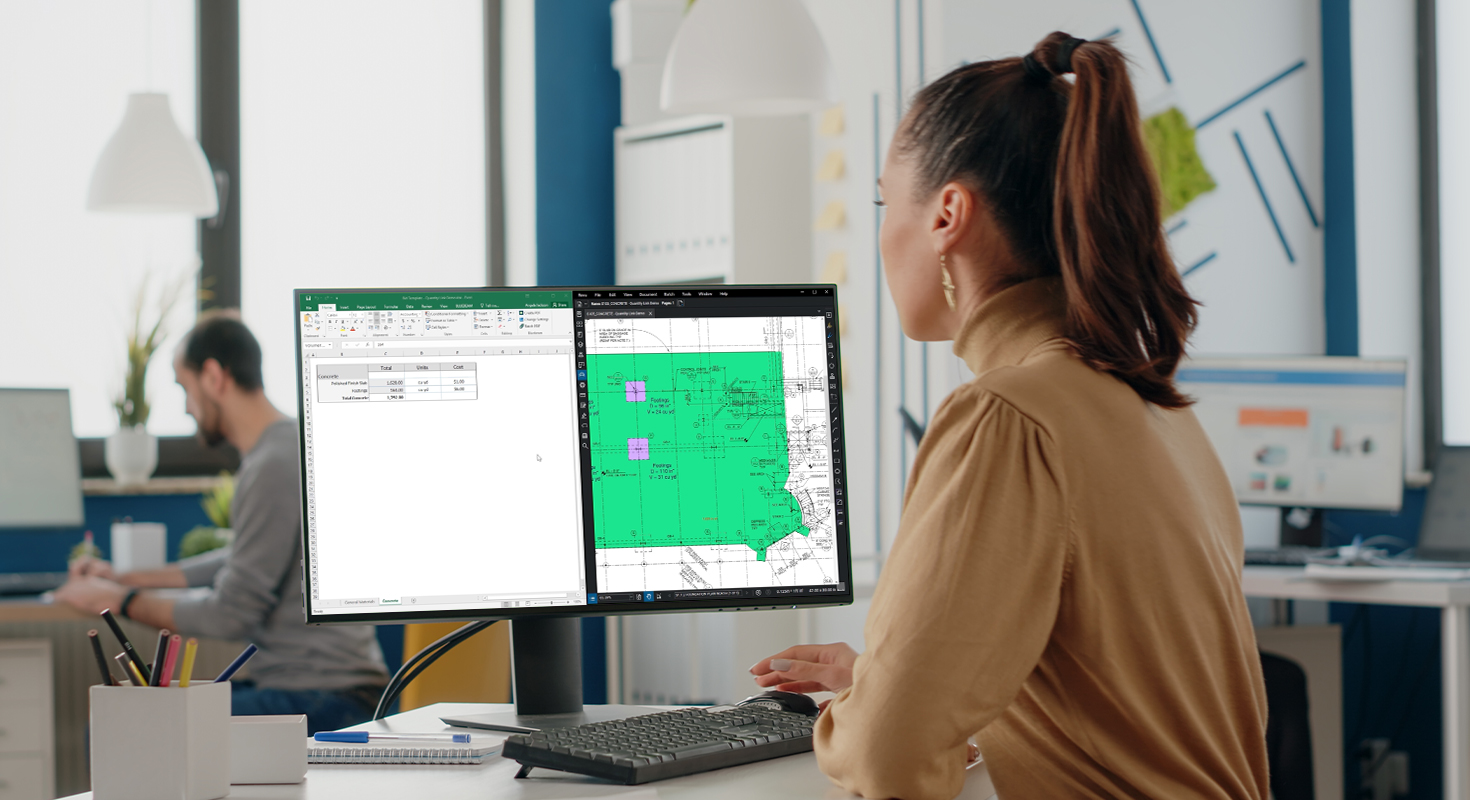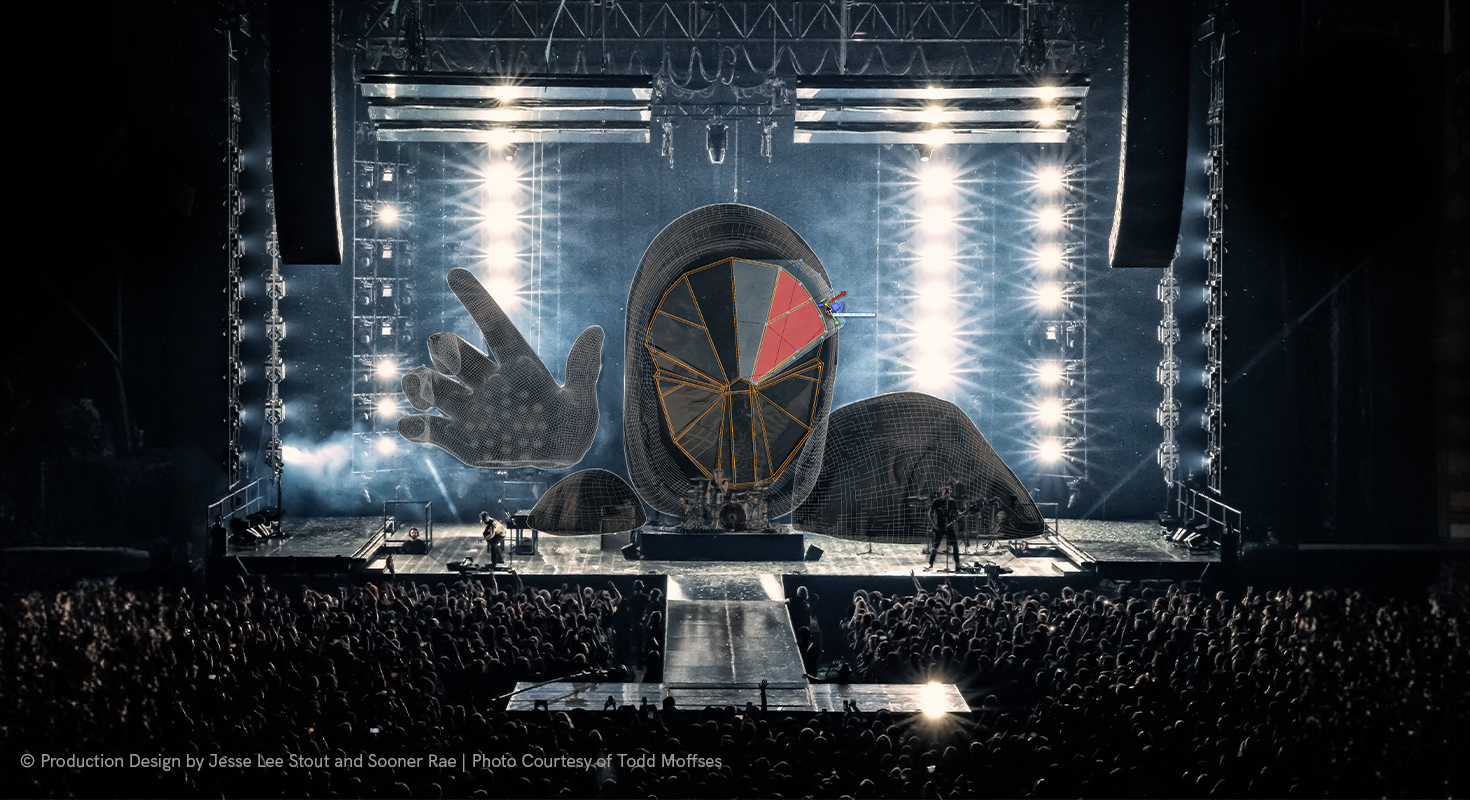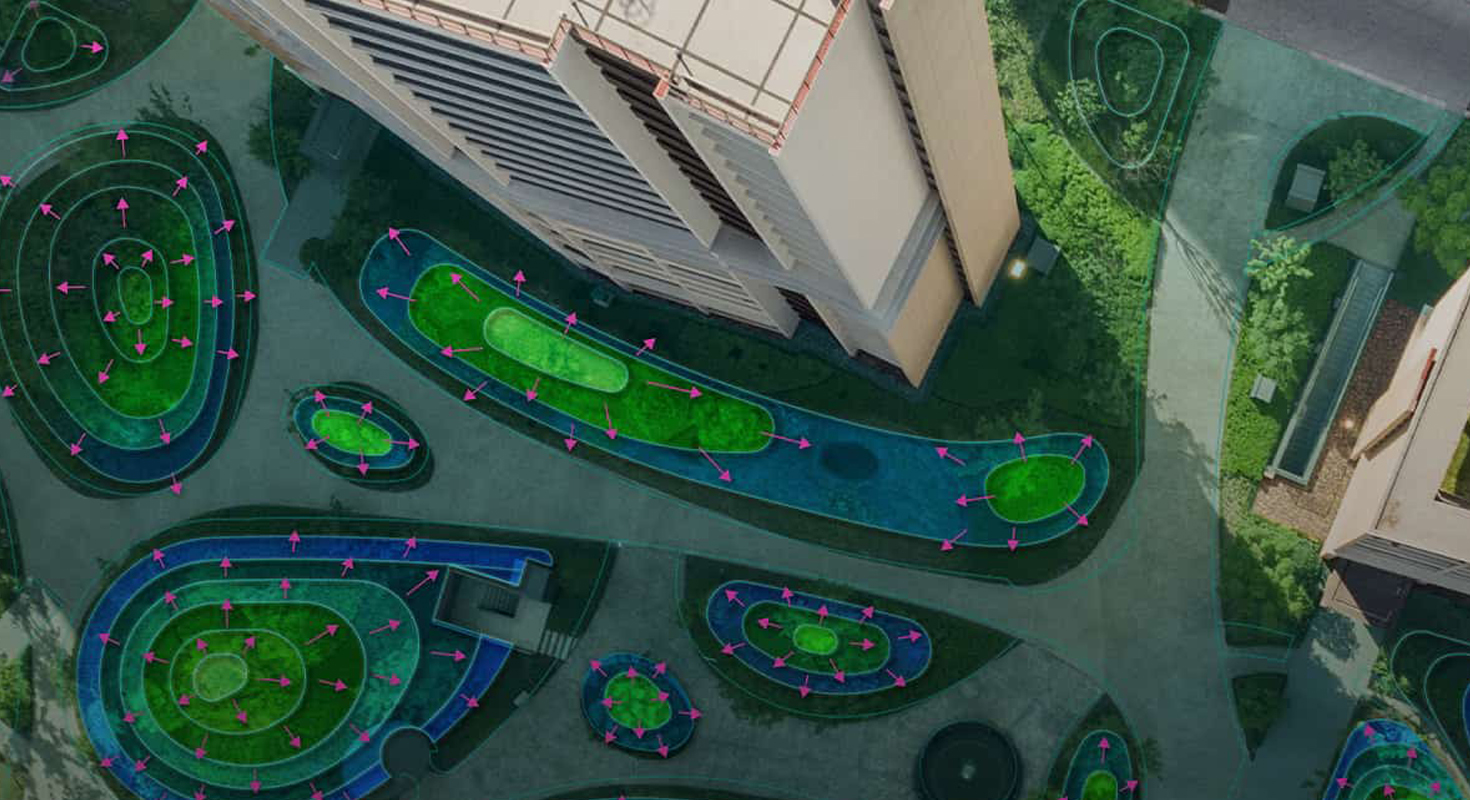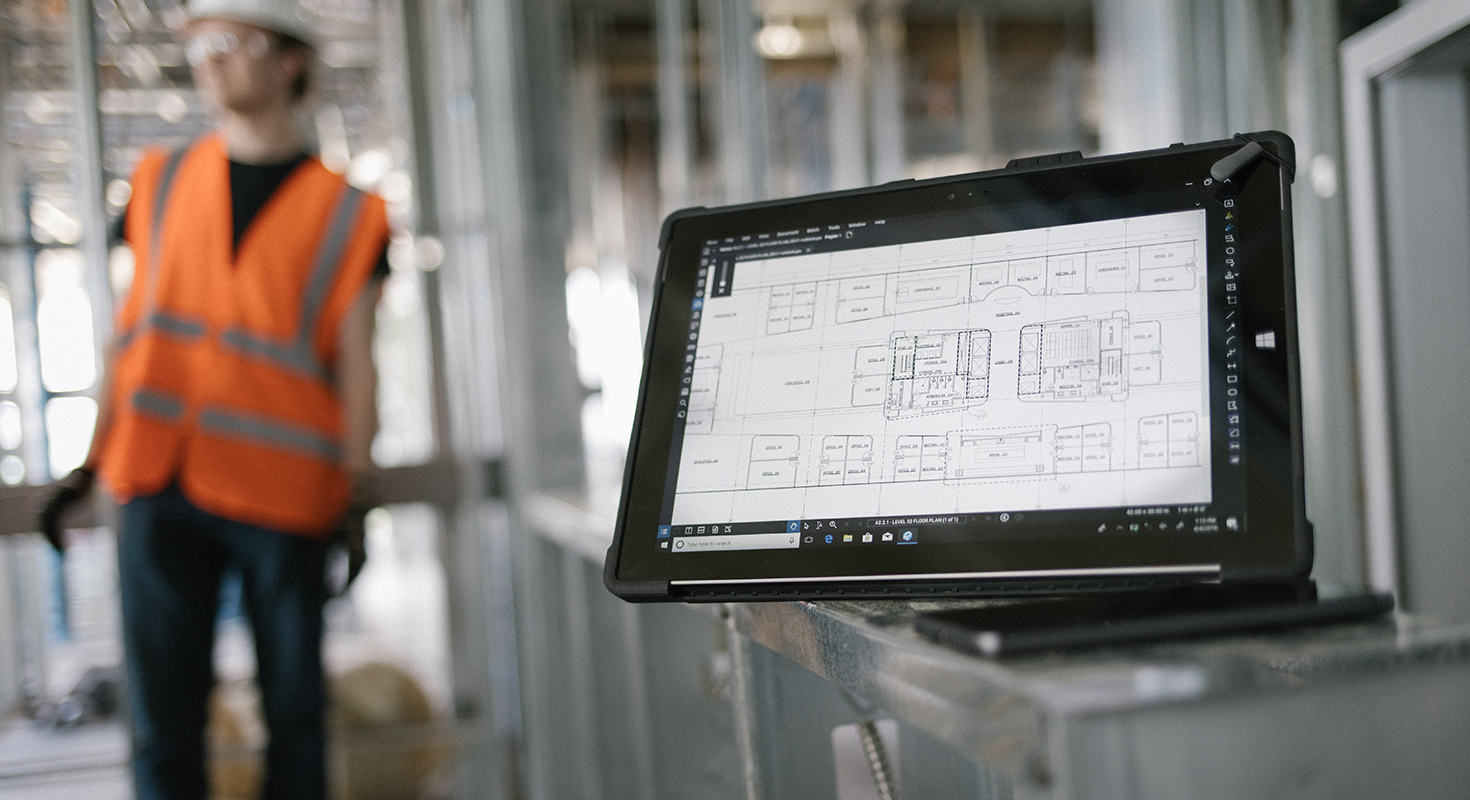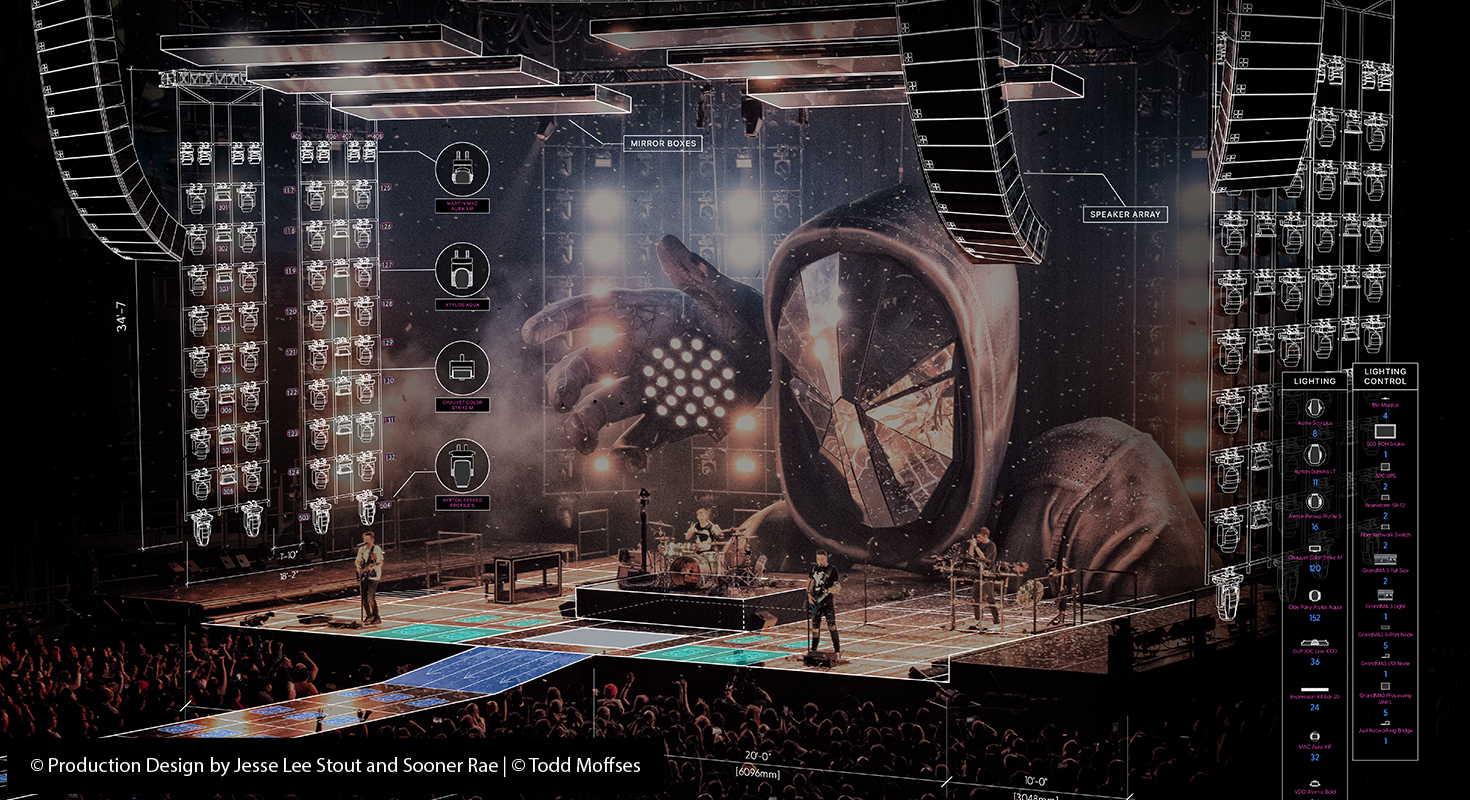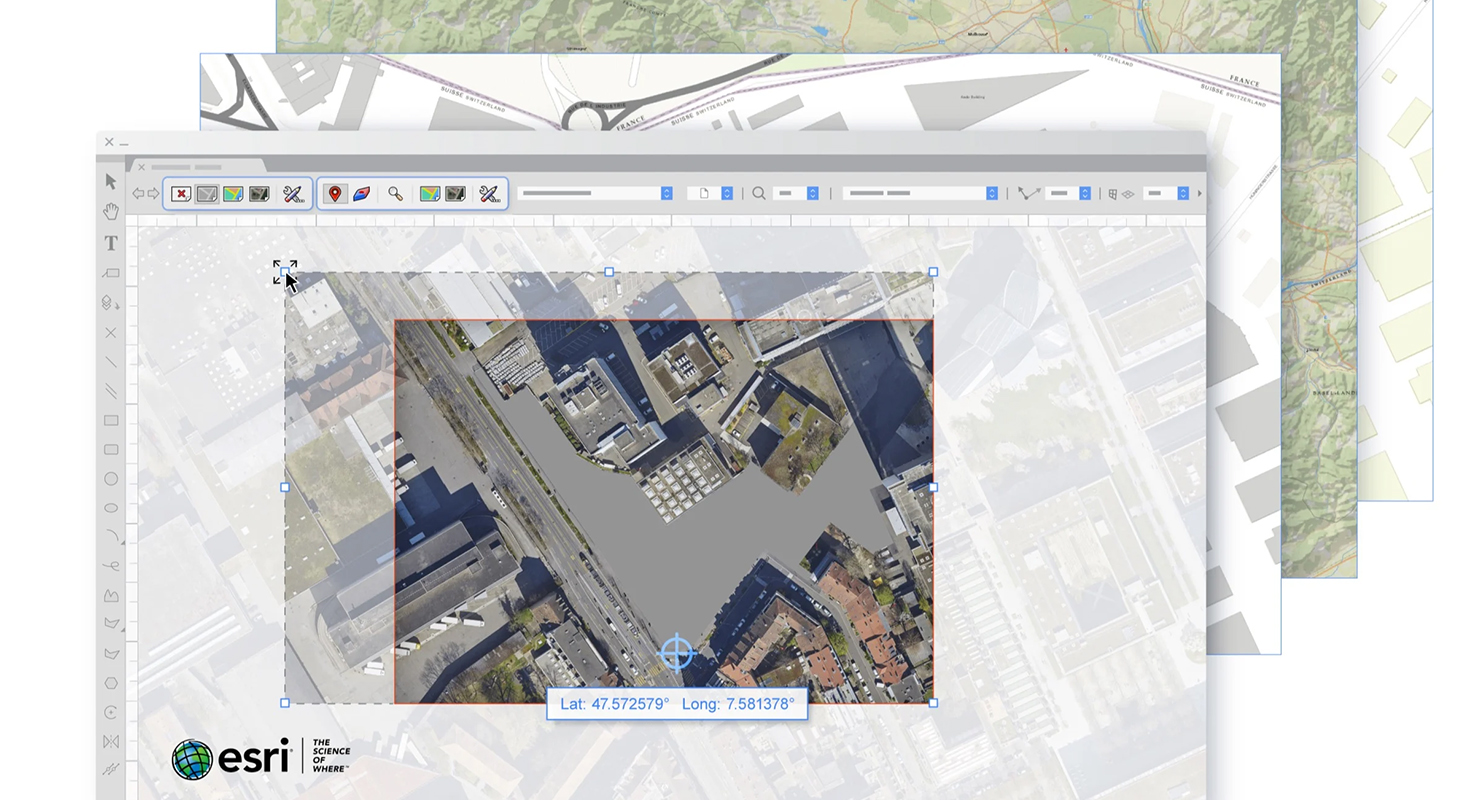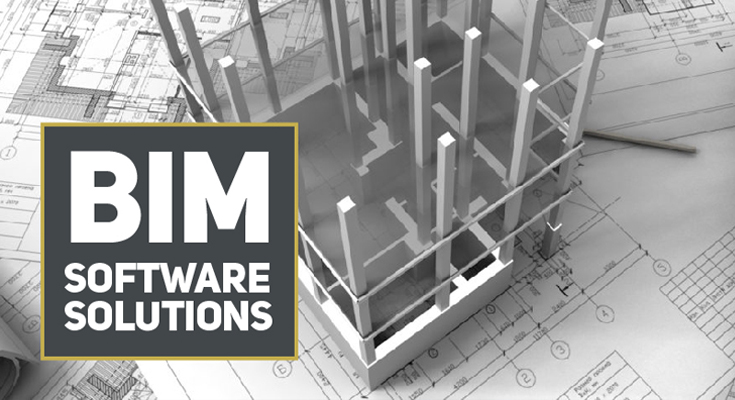Working across software platforms doesn’t have to close to impossible. If you're a landscape architect or designer using Vectorworks Landmark, you can smoothly exchange files with Revit-based teams—without sacrificing accuracy or efficiency.
Here’s how to streamline Revit collaboration, from import/export to geo-coordination.
Importing Revit Files into Vectorworks Landmark
Bringing a Revit (.RVT) file into Vectorworks is straightforward. Once imported:
- Revit topography converts to a Vectorworks site model
- Building pads become hardscape objects
- Family instances import as symbols
- Textures and material mappings are preserved
- You control how Revit elements translate during import, ensuring seamless integration into your workflow.
Exporting Vectorworks Models to Revit
Need to share your Vectorworks Landmark design with a Revit team? Export geometry as an .RVT file via Vectorworks Cloud. While Revit receives these as Generic Models, it ensures smooth coordination.
For richer BIM data exchange, consider using IFC format—ideal for full BIM collaboration. But for quick coordination, RVT export gets the job done.
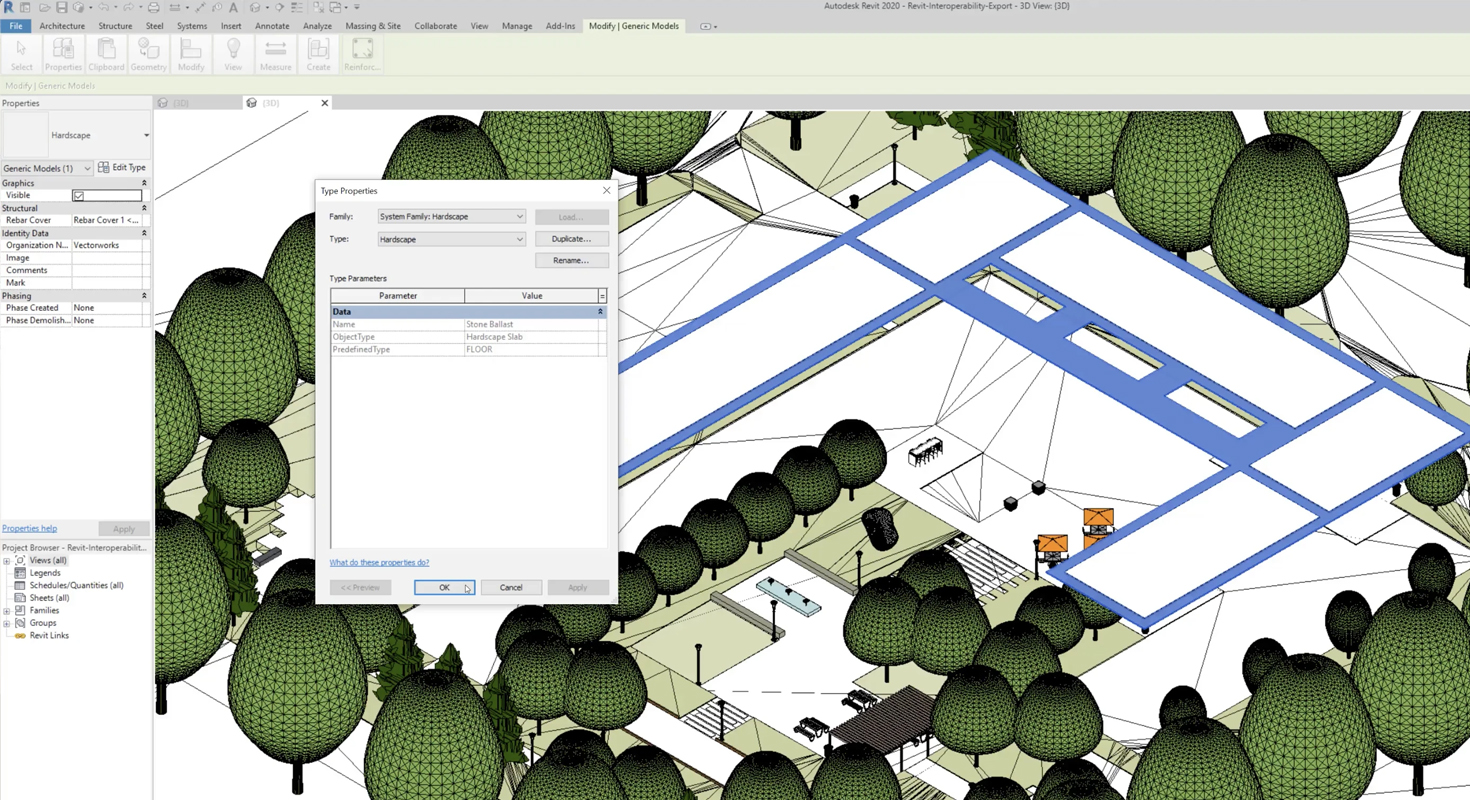
Geo-Coordination: Aligning Revit & Survey Data
A common challenge? Architects often place their building at Revit’s origin (0,0), while civil/survey files use real-world coordinates.
Here’s how to align them in Vectorworks Landmark:
- Import a georeferenced DWG survey file (File > Import > Single DXF/DWG).
- In the GIS Toolset, activate the Survey Point tool and click a grid intersection.
- In the Survey Point Coordinates Setup, select your coordinate system (coordinates auto-populate).
- Check "Align Survey Point with Internal Origin" and confirm.
- Under Tools > Origin > User Origin, enable "Set User Origin to Match Georeferencing Coordinate System."
- Now, your Vectorworks file aligns with real-world coordinates—even if the Revit model stays at (0,0).
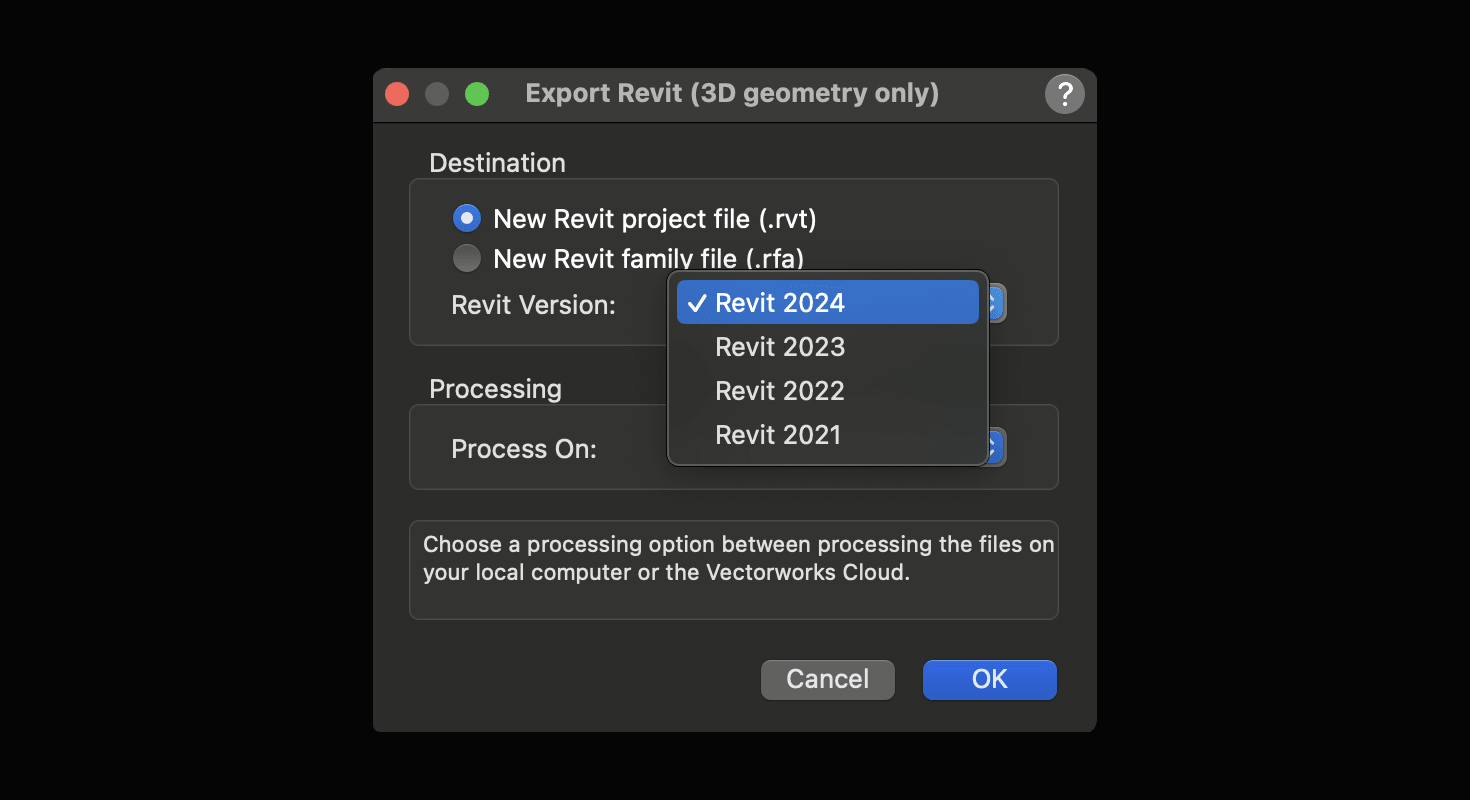
Beyond Revit: Broader Industry Interoperability
Vectorworks Landmark doesn’t just work with Revit—it supports SketchUp, Rhino, and more, ensuring flexibility across disciplines.
Whether you're coordinating with architects, engineers, or contractors, smooth file exchange keeps projects moving.
Key Takeaways
- Import Revit files with automatic object conversion.
- Export to RVT for quick coordination (use IFC for full BIM).
- Geo-coordinate seamlessly between Revit and survey data.
- Work across platforms without workflow disruptions.
Learn more about Vectorworks Landmark and how it can improve your workflow
